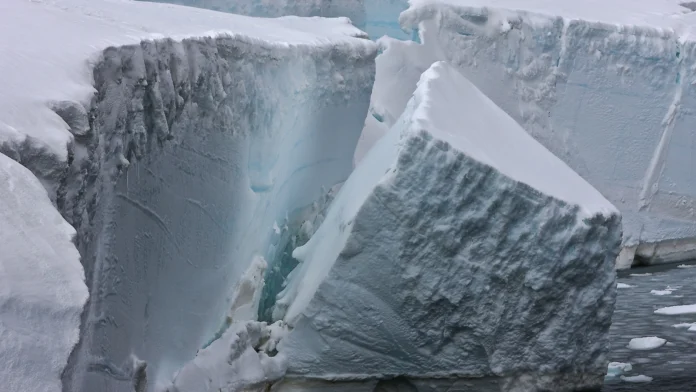By Isabelle Bond*
Runaway ice loss causing rapid and catastrophic sea level rise is possible within our lifetime,’ according to a joint emergency statement released by more than 300 scientists at the inaugural Australian Antarctic Research Conference in Hobart last month. (The Australian Strategic Policy Institute The Strategist.)

